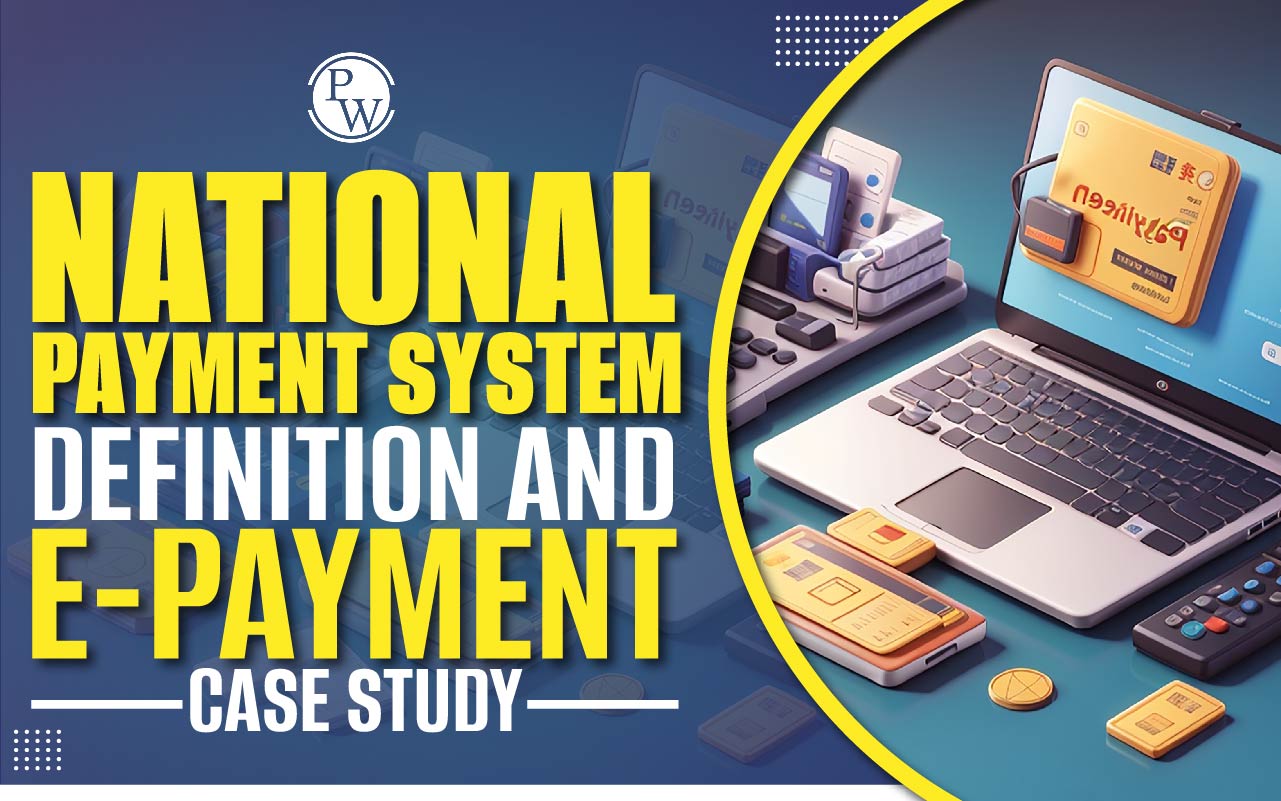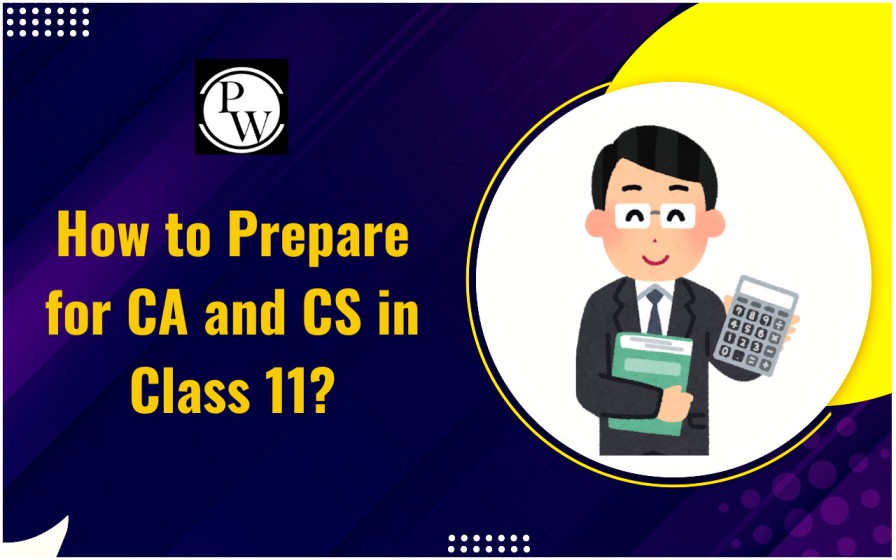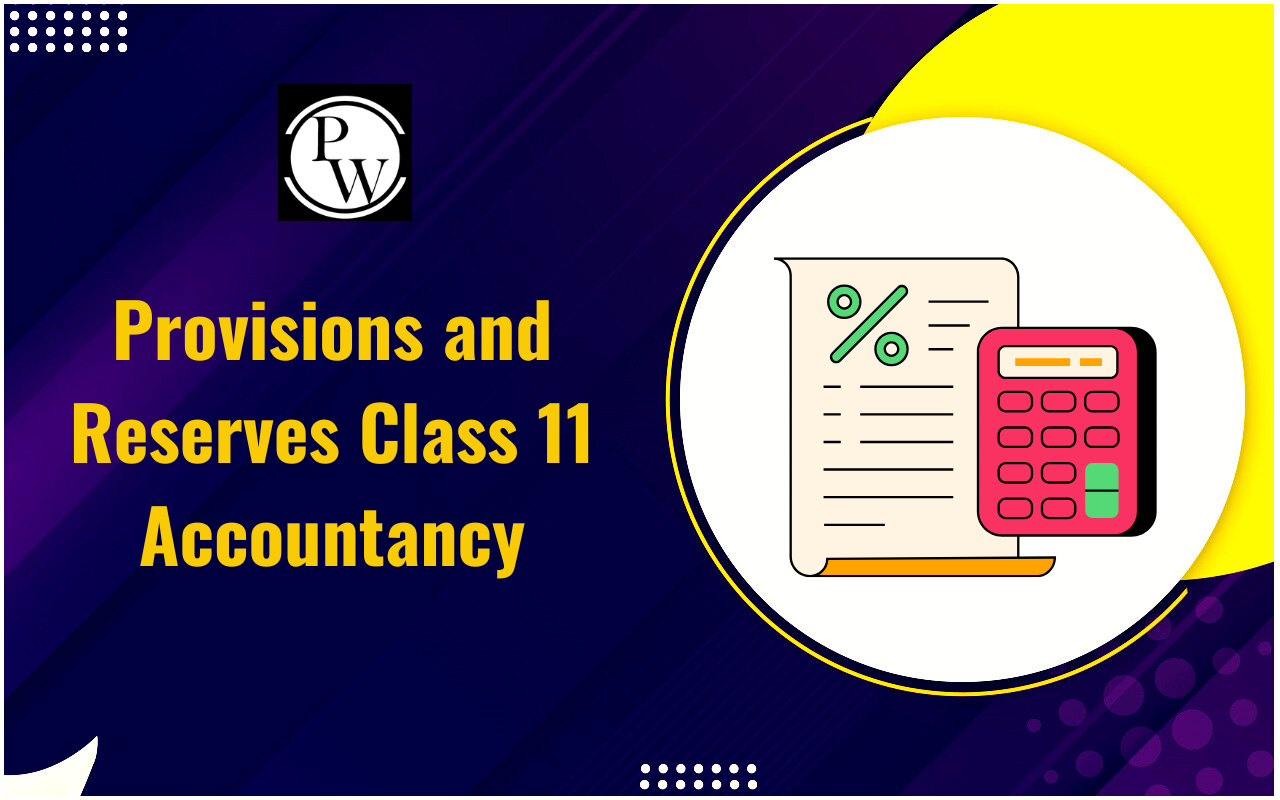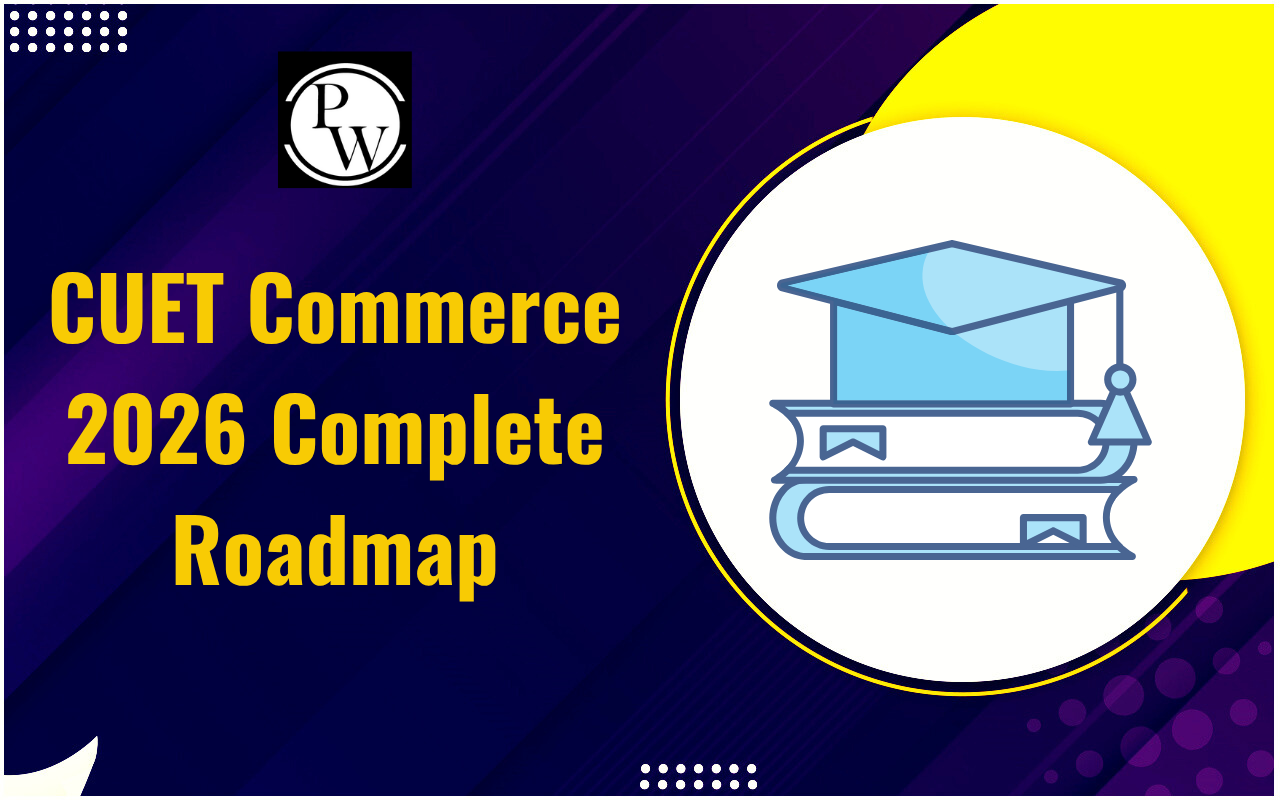

National Payment System: As a method of exchanging money and financial services between consumers and companies, the national payment system is an essential component of every nation's economic infrastructure. Due to global economic liberalization and information technology advancements, significant improvements have been made to the design of large-value, consumer, and securities payment networks and the operations and processes carried out by operators, managers, regulators, and users of the systems.
For the security of the national payment system, the central bank is significantly responsible in a number of countries.Also Read- How Government Policies Affect Businesses?
National Payment System Meaning
The phrase "national payment system" describes the network of agencies and the technology-supported framework of policies and practices that cooperate to facilitate the exchange of products and money between buyers and sellers. A national payment system reflects the development of its banking and financial system and its communications and technology infrastructure. The market for payment system services is subject to supply and demand, just like any other business. From wire transfers between financial institutions to retail credit instrument transactions made at the point of sale using plastic cards like credit and debit cards, consumers want quick access to a broad choice of payment methods.National Payment System in India
The Reserve Bank of India is designated as the body with control over the national payment system in India and all things related to it under the Payment and Settlement Act. The national payment system is run by India's central bank, the Reserve Bank of India. A funds transfer method known as "real-time gross settlement" allows money to be transferred "real-time" and "grossly" between banks. This is the banking channel's fastest method of money transfer. The Reserve Bank of India gets support from the National Payment Corporation of India in facilitating the payment system in India.National Payments Corporation of India
The main organization managing retail payments in India is the National Payments Corporation of India (NPCI). With the support of the Indian Banks Association and the Reserve Bank of India, NPCI was founded in December 2008 and received its Certificate of Commencement of Business in April 2009. Ten significant promoter banks, including the State Bank of India, Punjab National Bank, Canara Bank, Bank of Baroda, Union Bank of India, Bank of India, ICICI Bank, HDFC Bank, Citibank, and HSBC, have joined hands to support the National Payments Corporation of India (NPCI), which the Reserve Bank of India first supported.Also Read- How to Become a Shareholder
Services Provided by NPCI
Below are a few of the main services provided by the NPCI for the efficient functioning of the national payment system:IMPS
MPS stands for Immediate Payment Service. This technology operates around the clock and gives the option to transfer payments instantaneously. It is due to IMPS that contemporary advances like UPI are feasible. Unlike NEFT and RTGS, IMPS does not depend on typical banking hours, nor does it adhere to public holidays. With payments going via cell phones, all customers need is the beneficiary’s mobile number to commence the procedure. Of course, additional payment data such as bank account number and IFSC codes may also be utilized to make an IMPS transaction.National Common Mobility Card
Also known as the Rupay Contactless card, it is a contactless payment technology that enables cardholders to use their card at contactless payment terminals without the need to physically swipe or insert the card.UPI
UPI (Unified Payments Interface) is a real-time payment technology that connects bank accounts to mobile phone apps. It allows bank-to-bank money transfers without a third-party wallet. Currently, UPI services are connected with over 120 banks. Consumers may also utilize UPI for P2P transfers to relatives and friends.BBPI
BPI stands for Bharat Bill Payment Interface. Recognizing how crucial bill payments are to the retail payments sector, NPCI established BBPI to enable the same. According to statistics supplied by the RBI, 16,223 billion is produced by India’s top 20 cities for bill payments alone. Over 70% of these bill exchanges happened via cash. BBPI is ready to act as the one platform that consolidates payments for bill payers and aggregators. So far, the NPCI has started the pilot project for this platform. Only time will tell how extensively it is adopted by suppliers and customers alike.*99# or USSD services
NPCI’s *99# services operate on USSD, which stands for Unstructured Supplementary Service Data. These services strive to deliver classic and modern financial options to citizens of India who may not have cell phones, internet or even traditional bank accounts. It tries to use as much of mobile banking as possible and works on low-value remittances so that more people can become integrated and acquainted with financial services.Looking for the Best Commerce Coaching?
Enroll Now in PW Commerce Batches!
Bharat Interface for Money (BHIM)
BHIM is an app that operates on UPI. It enables customers to effortlessly make payments by simply utilizing a registered cell phone number or a virtual payment address (VPA). Though BHIM is not as commonly utilized as some of its rivals like Google Pay, it provides a large possibility for financial inclusion for citizens throughout India. This is because BHIM may be performed offline and does not need a smartphone. BHIM uses NPCI’s *99# facilities–more on that below.RuPay
Now a component of the government’s Jan Dhan Yojna, RuPay is another important project of the NPCI that has changed the way the typical person makes financial choices. RuPay is simply a cheaper counterpart of international debit and credit cards. These cards are provided as prepaid cards, debit cards and credit cards, according to the customer’s needs. As of present, nearly 300 million RuPay cards are in circulation throughout India. More and more users are adopting RuPay for PoS and E-commerce purchases too.National Payment System FAQs
Who introduced UPI?
What is the full form of RuPay?
Who launched the National Payments Corporation of India?
Which is India's first payment bank?
Who developed the RTGS system?












